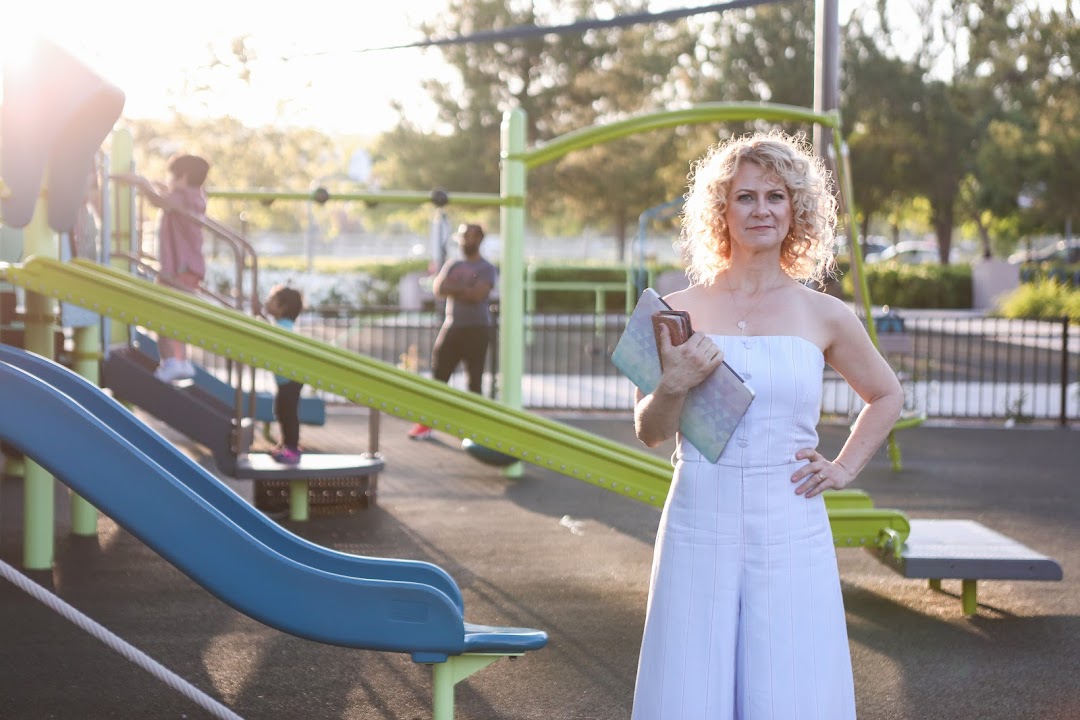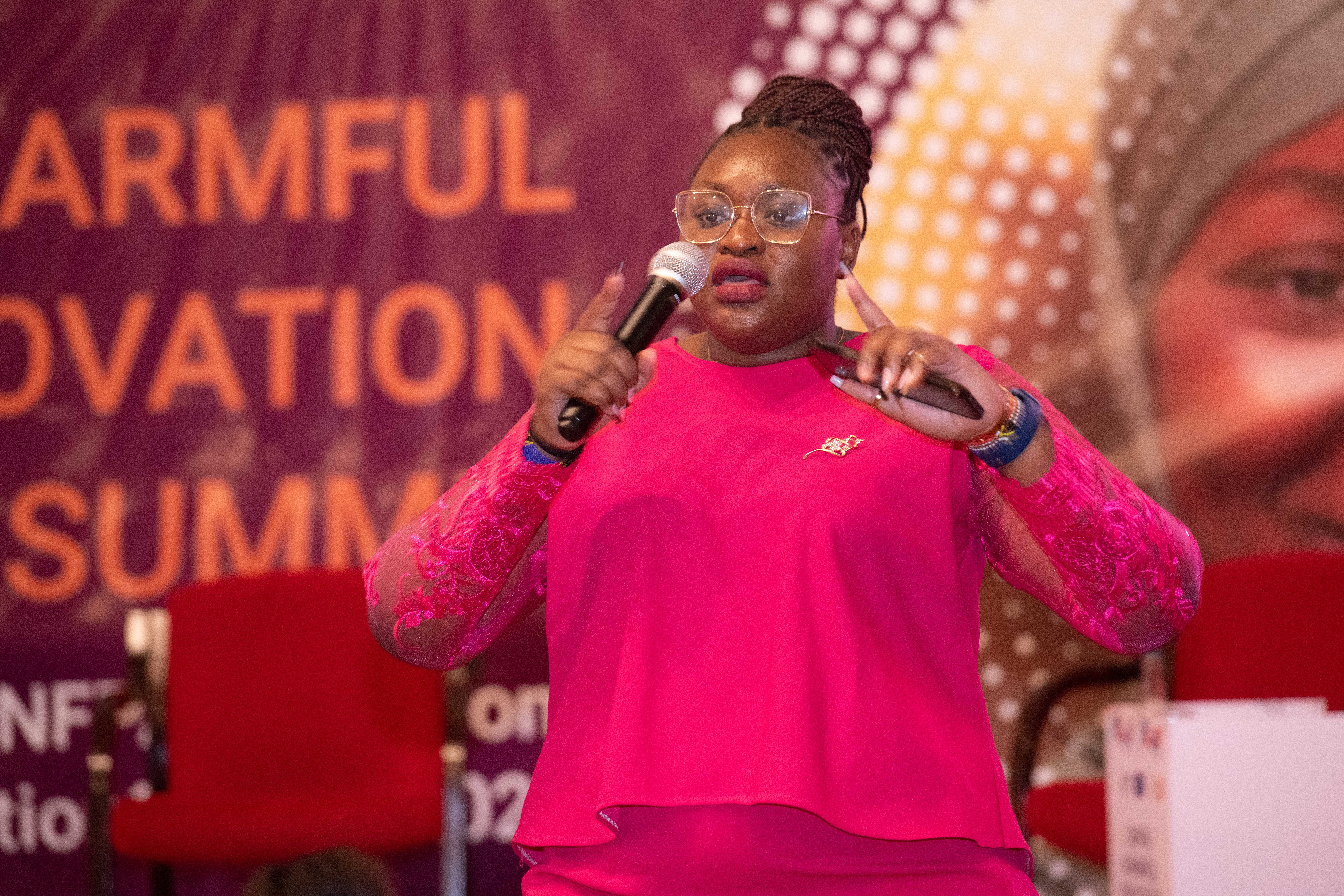Music to her ears
“My mum discovered I had a hearing issue when she gave me the phone to speak to my Gran one day and I hung up because to me there was no-one there. I think I was around four or five.”
PR agency owner Sara Hawthorn from Leeds, UK shares the story of her hearing loss with This Is MedTech to raise awareness on World Hearing Day.
“We went to the doctor and then the audiologist, who diagnosed complete hearing loss in the right ear and some mild hearing loss in the left,” she says. “It wasn’t until I was much older that I found out that the cause was most likely from a bout of mumps which I’d had at around three years old, because I’d passed all my baby hearing tests fine.”
Like Sara, many people live with unidentified hearing loss, often failing to realise that they are missing out on certain sounds and words. Checking one’s hearing is the first step towards addressing the issue. On World Hearing Day 2019, the World Health Organization (WHO) aims to draw attention to the importance of early identification and intervention.
Having lived with hearing loss since the 1980s, Sara has seen first-hand how medical technology has changed in this area. “In the 80s, I was given the old analogue hearing aids which were big and uncomfortable and just made everything louder. Needless to say, I rarely wore them. It wasn’t until I was almost 30 before I went back to get new hearing aids, because I admitted just how much I was struggling,” she recalls.
That’s when she was given a new digital hearing aid. “It was leaps forward. The first time I wore it I almost cried because of the sounds I’d missed: feet tapping, footsteps, birds,” she notes. “I had that one for a little while, then my care was transferred when I moved cities. I was then told that I could have ‘BiCROS’ aids, which would give me more multidirectional sounds.” This type of hearing aid system is designed for people like Sara who have asymmetrical hearing loss.
“The new aids involved wearing a receiver in my right ear which, through Bluetooth, transmits sound to the left (working ear),” she explains. “Those were, it’s fair to say, a revelation. When I walked out with those a man passed me on my right and sneezed, and I nearly jumped out of my shirt. The impact was incredible. I could have conversations with people sitting on my right at pubs and social gatherings which was always challenging, if not impossible, before. I could walk to the left of someone I was with, instead of always making sure I was on their right.”
Sara’s hearing loss has not stopped her from enjoying the activities she loves, particularly dancing. “I’m currently learning ballroom and Latin, but I’ve also studied flamenco and street dance.” Hearing the rhythm has never been so sweet.
According to the WHO, hearing loss is on the rise due to a growing global population and an increasing proportion of older people. It’s expected to affect around 630 million people by 2030 – a 35% increase from today – unless action is taken to reverse this trend. Contrary to what people may believe, hearing loss can be prevented in many situations. Preventable causes include exposure to loud sounds at work and play, ear and other infections such as mumps and measles, and medicines that can cause damage to the inner ear.






